National Palace of Pena
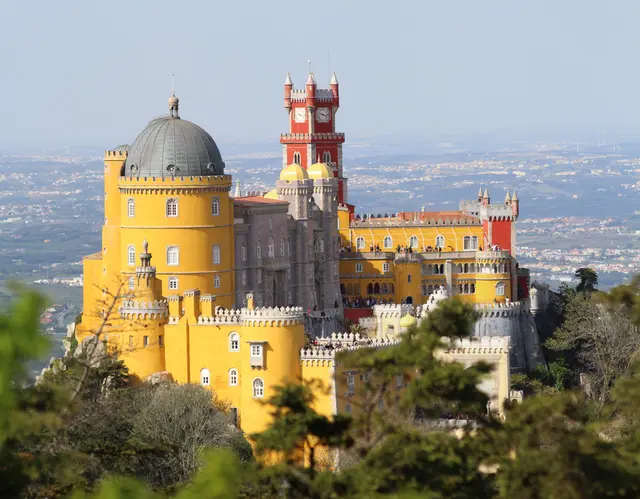
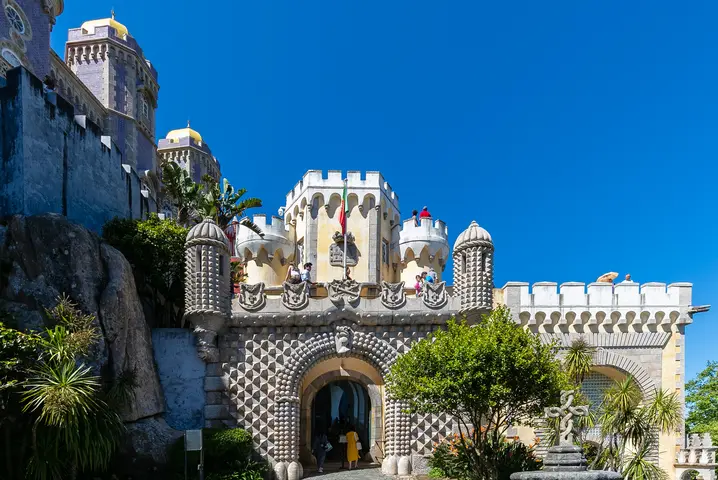
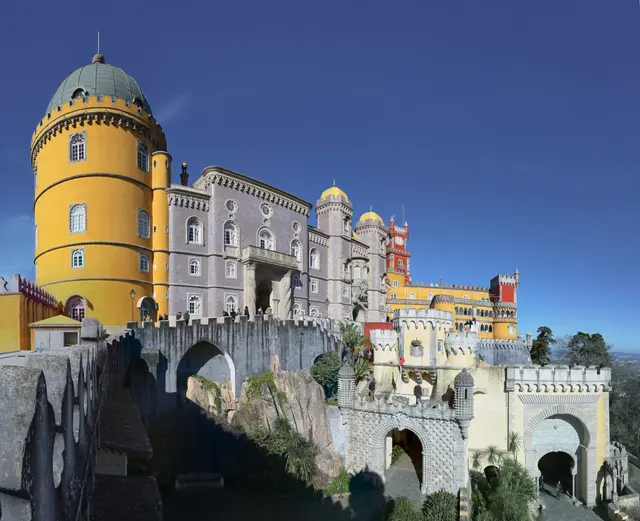
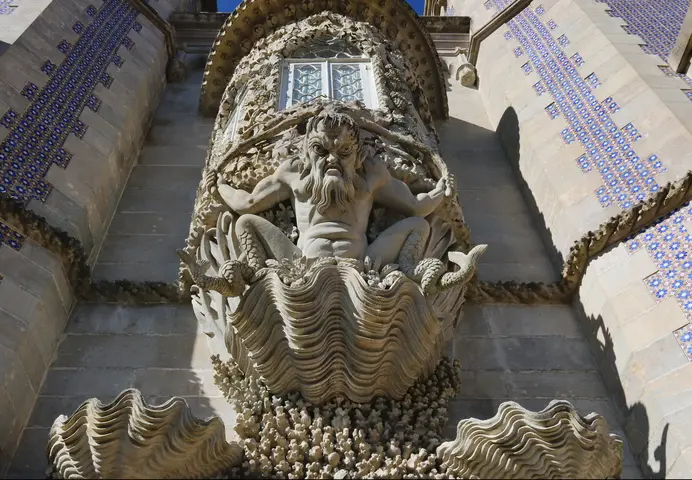
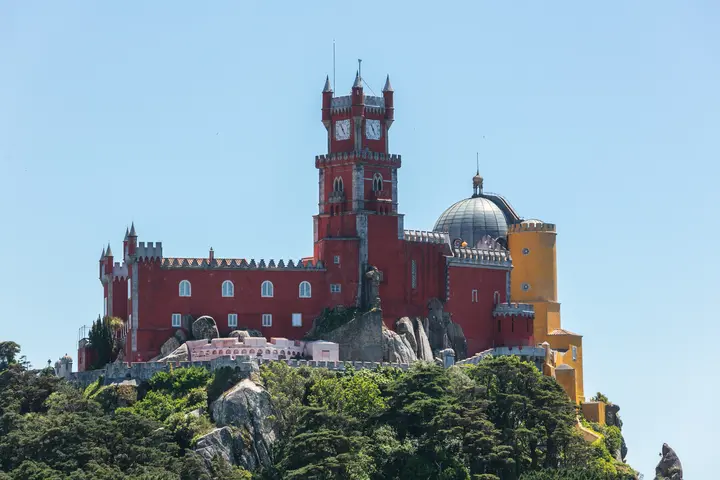
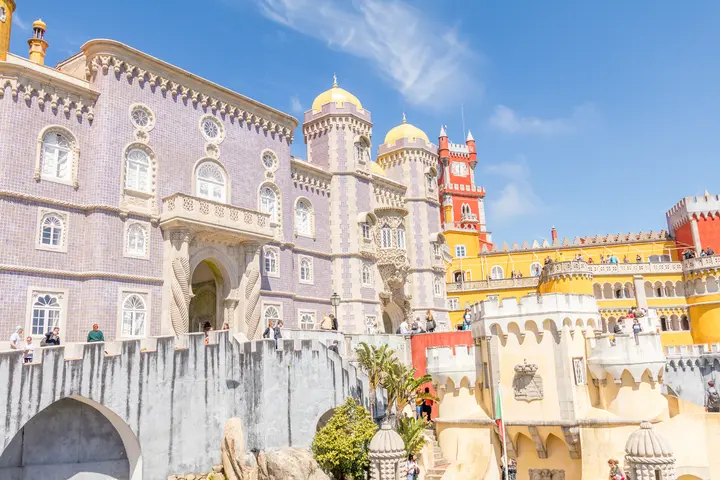
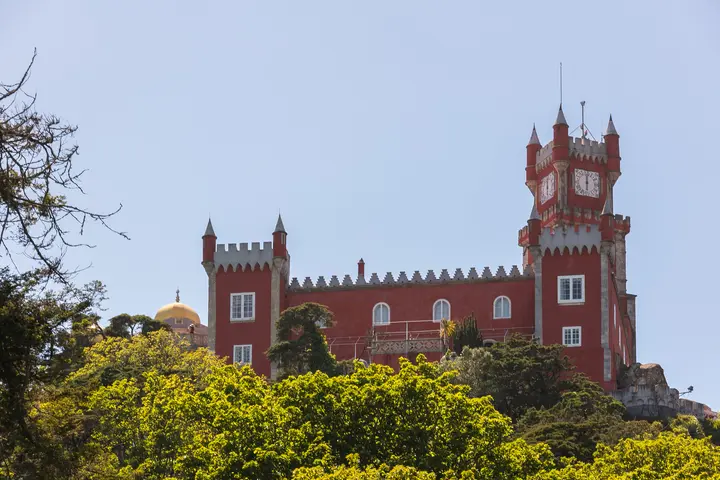
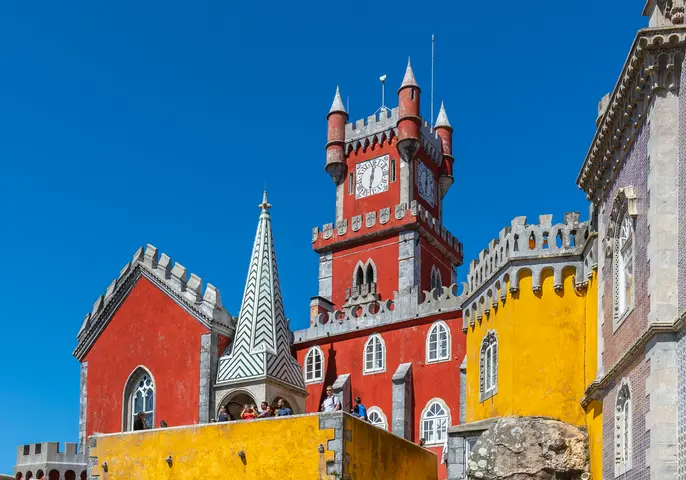
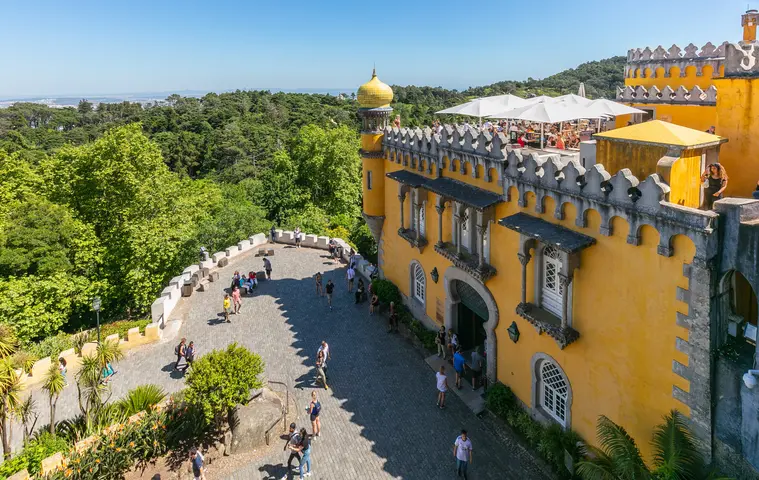
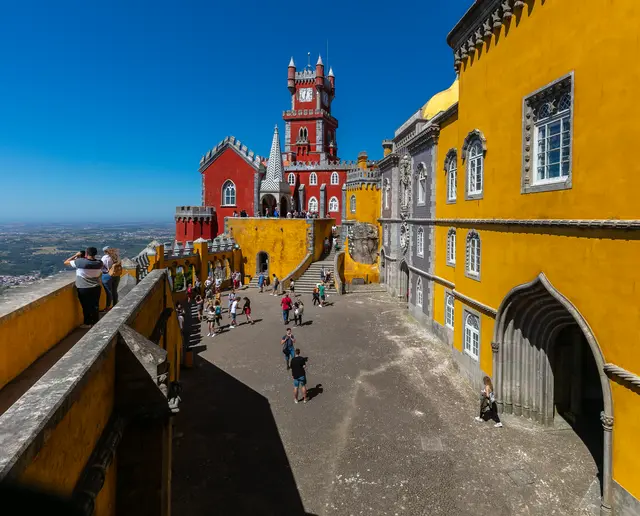
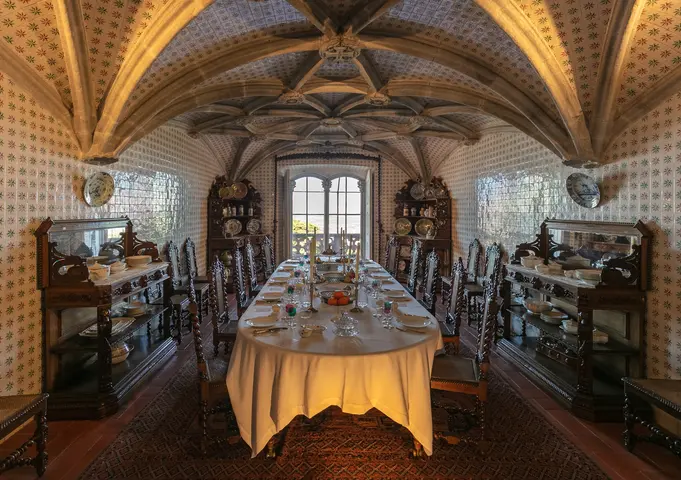
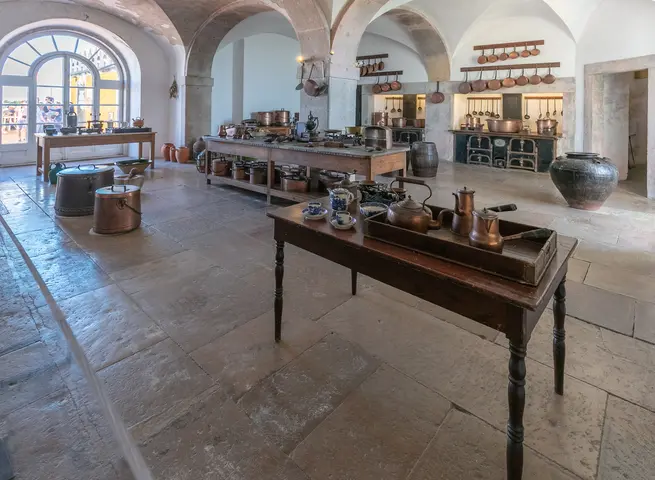
Introduction
The National Palace of Pena in Sintra stands as Portugal’s Romantic crown, famous for its brilliant colors and fairy-tale towers. This landmark draws us up the forested hills, promising a journey through centuries of history and imagination. Whether you are a cultural tourist, an educator, or a local history buff, exploring the palace illuminates how heritage and fantasy entwine atop Sintra’s peaks.
Advertisement
Historic Highlights
🏰 From Monastery to Marvel
The National Palace of Pena crowns Sintra’s highest ridge—a site first hallowed in the 12th century, when a humble chapel stood watch over sea and valley. Later, King Manuel I gifted the site to the Hieronymite monks, who shaped the Monastery of Nossa Senhora da Pena. Survivors recalled the Lisbon earthquake of 1755 left it "practically entirely in ruins," yet monks carried on until 1834, when Portugal’s anti-clerical reforms forced their departure.
“The earthquake which struck Lisbon in 1755 left the Monastery…practically entirely in ruins.”
— Parques de Sintra
👑 Ferdinand’s Romantic Vision
In the late 1830s, King Ferdinand II, captivated by the overgrown ruins, imagined something wholly new. Buying the land himself, he blended the old monastery with striking new wings—Neo-Manueline arches, Moorish domes, and Renaissance chimneys. Designed with Baron von Eschwege, a German geologist, its silhouette now glows with yellow, red, and grey. Locals watched the “palace of a thousand and one nights” emerge. The exuberant interiors—gilded woodwork, Moorish tiles—housed royal summers and grand balls.
"His enthusiasm led him to opt for the construction of a palace…a mélange of styles."
— Parques de Sintra
🌺 The Enchanted Park
Pena’s 85-hectare park is itself a living museum. Ferdinand filled it with exotic trees, camellias from Asia, and winding paths. Each winter, Sintra celebrates his horticultural legacy with local camellia festivals. His second wife, the Countess of Edla, brought Alpine inspiration—designing the whimsical Chalet da Condessa nestled below the palace.
🛡️ From Royal Villa to Heritage Icon
Seized by the state in 1889 and opened as a museum after the monarchy’s fall, Pena’s preservation is ongoing. UNESCO affirms its “good general condition,” though storms and crowds test its resilience. The palace now anchors Sintra’s UNESCO World Heritage landscape, drawing visitors to its storied halls.
💡 Visitor Tip
Arrive early to savor the palace and gardens before midday crowds. From the ramparts, enjoy a panoramic view said to have inspired poets and painters for centuries—including Lord Byron, who called Sintra a “glorious Eden.”
Timeline & Context
Historical Timeline
- 12th century – Chapel of Our Lady of the Penha established on Sintra’s hilltop.
- 1503 – King Manuel I donates site to the Hieronymite Order; monastery constructed.
- 1755 – Lisbon earthquake devastates the monastery.
- 1834 – Suppression of religious orders in Portugal; monastery abandoned.
- 1838–1839 – King Ferdinand II acquires the ruins and surrounding lands.
- 1842–1854 – Palace constructed under Baron von Eschwege, blending Romantic and revivalist styles.
- 1860–1863 – Chalet da Condessa d’Edla added to the estate.
- 1889 – Portuguese state purchases Pena.
- 1910 – End of monarchy; palace becomes public museum.
- 1995 – Palácio Nacional da Pena inscribed in Sintra Cultural Landscape World Heritage Site.
Romanticism and Architectural Eclecticism
The National Palace of Pena is a paradigmatic expression of 19th-century Romanticism, a movement characterized by revived interest in the medieval, the exotic, and the picturesque. King Ferdinand II’s project did not simply reconstruct the ruined monastery but transformed it into an architectural fantasy, employing an eclectic blend of Neo-Manueline, Moorish Revival, Gothic, and Renaissance inspirations. This mélange reflected both European trends and local longing for a nostalgic, mythical past—a cultural antidote to rapid modernization.
Cultural Identity and Symbolism
Pena’s visual identity—its vibrant facades, fantastical turrets, and lush setting—cements its status as a national icon and a core element of Sintra’s local identity. Since the late 19th century, annual traditions such as the camellia festival have tied the palace to the community. The palace also helped inspire Portugal’s perception of Sintra as a “Romantic Eden,” a trope reinforced by foreign writers like Lord Byron and by local folklore featuring legends and ritual uses of the estate’s chapels and gardens.
Conservation and World Heritage
The palace’s transition from royal retreat to museum demonstrates shifting concepts of heritage. Its designation as a national monument in the early republic and its UNESCO inscription in 1995 anchor its global importance. Conservation work—spanning from mid-century structural stabilization to 21st-century climate adaptation—mirrors broader trends in heritage science. Recent initiatives focus on improving visitor management and mitigating environmental threats, including storm runoff and humidity-induced erosion.
Comparative Romantic Landmarks
Within Sintra, the Palácio de Monserrate and Quinta da Regaleira form a Romantic triumvirate with Pena. Monserrate, rebuilt by Sir Francis Cook in the 1850s, fuses Gothic and Oriental aesthetics but lacks Pena’s royal association. Regaleira, developed by Carvalho Monteiro in the early 1900s, pushes symbolism further—shaping mystical rites into stone and park. Together, these sites represent Portugal’s 19th-century revival of national heritage and its creative engagement with historic styles.
Socioeconomic and Educational Role
Pena is not merely a relic: it is Portugal’s most-visited national monument, sustaining Sintra’s tourism and related services. Programs developed by heritage managers distribute visitor pressure, offer educational resources, and connect local artisans to broader audiences via festivals and souvenirs. Its narrative remains alive, nourishing both community traditions and contemporary Portuguese identity.
Methodology and Source Integrity
Research on Pena draws from primary archival materials (including municipal and royal records) and scholarly literature on architecture, art, and conservation. Authoritative institutions such as Parques de Sintra and UNESCO provided key data on chronology and preservation. An emphasis on original Portuguese-language sources and careful cross-referencing ensures the reliability and depth of the information presented here.